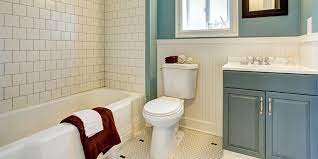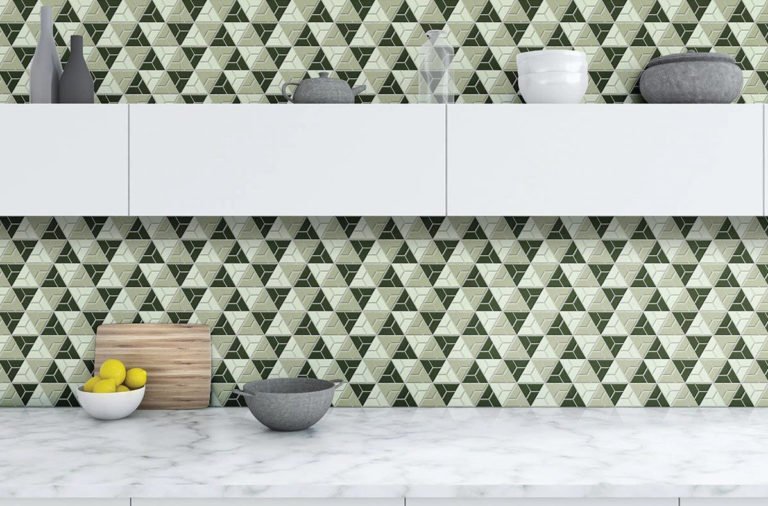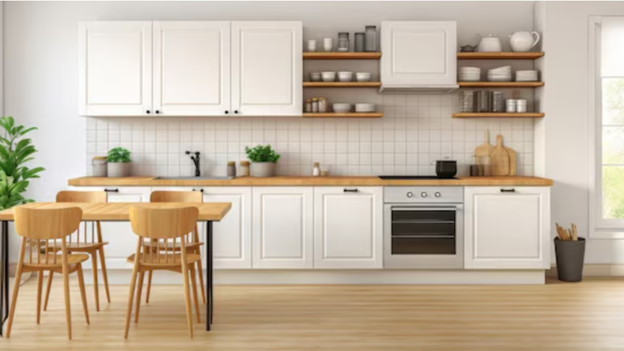Choosing the Perfect Exterior Deck Stain: Enhancing Beauty and Protecting Your Investment
Choosing the Perfect Exterior Deck Stain: Enhancing Beauty and Protecting Your Investment
Selecting the right exterior deck stain is a crucial step in maintaining and enhancing the beauty of your outdoor living space. Whether you’re looking to preserve the natural charm of wood or add a pop of color, the perfect deck stain not only adds aesthetic appeal but also protects against the elements. In this guide, we’ll explore key considerations to help you choose the ideal exterior deck stain for your home.
Understanding Types of Deck Stains
Transparent Stains: Transparent stains allow the natural wood grain to show through while providing a protective layer. These stains are ideal for showcasing the wood’s beauty and are available in various tones, from clear to lightly tinted.
Semi-Transparent Stains: Offering a balance between color and wood grain visibility, semi-transparent stains add a subtle hue to the wood. They provide moderate protection against UV rays and water while highlighting the wood’s texture.
Solid Stains: Solid stains, also known as opaque or solid-color stains, offer the most significant color transformation. These stains completely cover the wood grain, providing a uniform appearance. Solid stains are effective for hiding imperfections and offer robust protection against UV rays and moisture.
Consider Your Deck’s Wood Type
Softwoods (Pine, Cedar): Softwoods benefit from exterior deck stains that offer UV protection and moisture resistance. Transparent or semi-transparent stains enhance the natural beauty of softwoods while providing necessary protection.
Hardwoods (Ipe, Mahogany): Hardwoods often have a rich, distinct grain. Semi-transparent or transparent stains are suitable for highlighting this grain while protecting the wood. Hardwoods are more resistant to damage, allowing for a lighter staining approach.
Pressure-Treated Wood: Pressure-treated wood, commonly used for decks, benefits from semi-transparent or solid stains. These stains protect against the chemicals used in pressure treatment, enhance the wood’s appearance, and extend its lifespan.
Color Selection and Aesthetic Considerations
Natural Tones: If you prefer the natural look of wood, transparent and semi-transparent stains in natural tones are suitable. These stains enhance the wood’s color without overpowering it, creating a timeless and classic appearance.
Bold Colors: For a more vibrant and contemporary look, consider solid stains in bold or contrasting colors. This option allows for creative expression and adds personality to your outdoor space. Solid stains also provide excellent coverage for a consistent finish.
Matching the Environment: Consider the surrounding landscape, exterior house color, and architectural style when choosing a deck stain color. Harmonizing with the environment creates a cohesive and visually pleasing outdoor aesthetic.
UV Protection and Durability
UV-Resistant Formulas: Over time, exposure to sunlight can cause wood to fade and degrade. Choose a deck stain with UV-resistant properties to prevent color loss and maintain the vibrancy of the stain. This is particularly important for decks that receive ample sunlight.
Mildew and Moisture Resistance: Opt for a deck stain with mildew and moisture-resistant qualities. These features help prevent the growth of mold and mildew, protecting the wood from moisture damage and ensuring the longevity of the stain.
Ease of Maintenance: Consider the level of maintenance required for the chosen deck stain. Some stains may require periodic reapplication, while others offer longer-lasting protection. Balance your preference for appearance with the practicality of maintenance.
Application Method and Ease of Use
Brush, Roller, or Sprayer: Different stains may recommend specific application methods, such as brushing, rolling, or spraying. Consider your preferred application method and choose a stain that aligns with your comfort and skill level.
Ease of Cleanup: Water-based stains generally offer easier cleanup with soap and water, while oil-based stains may require solvents. Consider the ease of cleanup, especially if you plan to apply the stain yourself.
Drying Time: Take into account the drying time of the chosen deck stain. Some stains dry quickly, allowing for a faster completion of the project, while others may require more time between coats or before foot traffic is permitted.
Conclusion
Choosing the perfect exterior deck stain involves a thoughtful consideration of your wood type, desired aesthetic, and practical needs. Whether you aim to highlight the natural beauty of wood or add a burst of color, the right stain not only enhances your deck’s appearance but also protects it from the elements. By selecting a stain that aligns with your preferences and the specific characteristics of your deck, you can enjoy a beautiful and durable outdoor space for years to come.







